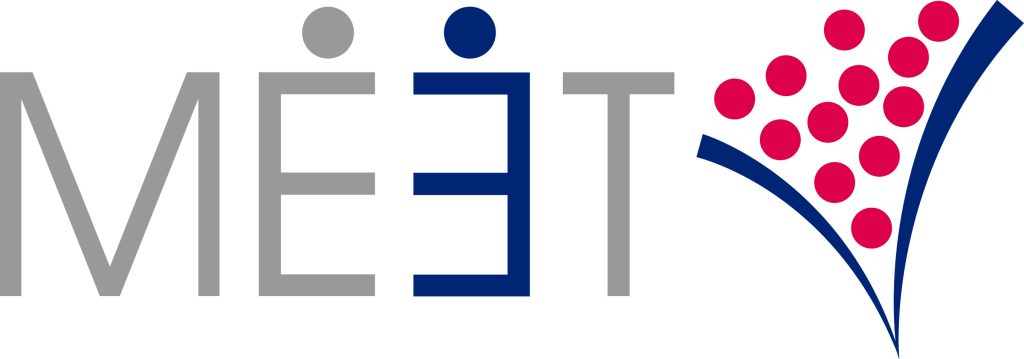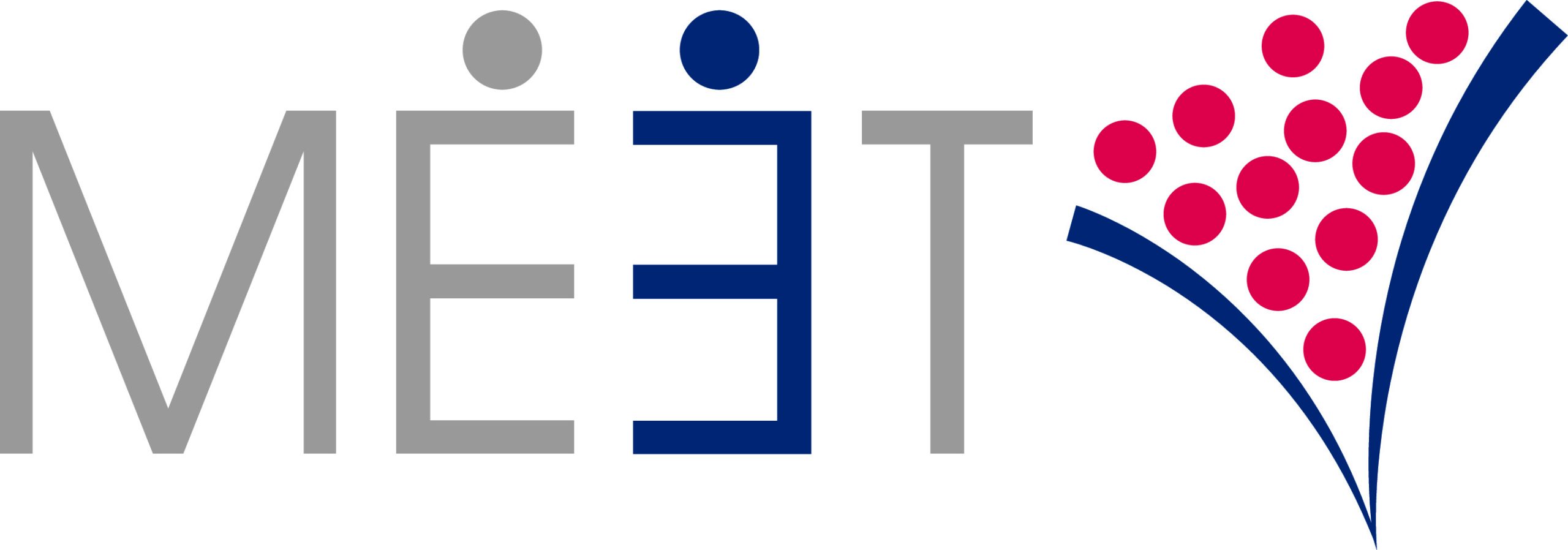Online or In-Person? Developing Your 2021 Event Strategy
For the past nine months, companies have solidly depended on virtual for their event strategies. But with a vaccine on the horizon and predictions for a return to normal as soon as this summer, could that all change? More importantly, should it change? We sat down with Kelly Kenney, event participation guru at MEET, to talk about the key considerations to building a 2021 event strategy and how to strike the right balance between virtual and in-person. You can check out the full podcast from our conversation on developing your 2021 Event Strategy here. As someone deep in the trenches of the event world, we started by asking Kelly to share her crystal ball view for 2021 and what advice she’s giving to clients. “While some big events will come back in-person in 2021, the virtual world is here to stay and for good reason,” shared Kelly. “I’m recommending a blended strategy to our clients, one that leverages the unique attributes of each type of event.” By blended, Kelly is referring both to a mix of in-person and virtual events and participating in events that are offering in-person and virtual attendance options. What can companies do now to prepare for a blended 2021 event strategy? Kelly suggests leveraging virtual events to ease the transition back to in-person. “The virtual world has given us a unique opportunity to participate in shows we wouldn’t have done in the past,” shared Kelly. “They’re also way more efficient and easier for testing your various marketing and business development hypotheses.” Following a well-designed virtual trade show strategy will help to eliminate many of the ROI issues companies struggle with in-person. Persona, value proposition, and call-to-action testing are great examples. “You may decide in the morning to focus your booth on one type of persona and in the afternoon on another. Virtual events make it easy to do that—as long as the technology allows and what you’re testing aligns with your assumptions about the audience.” But virtual is not without its challenges Virtual events are by no means perfect. Having participated in and hosted numerous virtual events since the start of the pandemic, we understand the array of challenges exhibitors are facing on these platforms. The biggest: booth traffic. When planning to exhibit at a virtual event, we asked Kelly what are some of the key questions to ask event organizers before making the investment. “First, you have to know the technology: what are the attributes, what can you bring to the booth, and how will engagement be facilitated.” “You’ll also need to know more about how the event is structured, what’s the layout, the agenda, the time slots for people to be in the exhibit area, and what’s attracting attendees to the exhibits and conflicting with that.” Finally, Kelly recommends asking for engagement statistics—representation of how other exhibitors have done—from the event hosts. “You’ll want to assess, based on the technology, the agenda, and the flow of the event, which assets and calls to action to use and when. Event hosts have all that data and knowledge, so leverage it.” How should companies strike the right balance between online and in-person events as we think 6, 12, or even 24-months into the future? Step 1: Understand the unique value of both virtual and in-person events. “I can get more competitive intelligence from one virtual session than I can get from an entire in-person event,” shares Kelly. “I can see and hear what everyone is thinking in the chat, who the subject matter experts are, and who I want to connect with—it’s a whole strategy in itself.” But according to Kelly, at the end of the day, you can’t replace great in-person connections. “Shaking somebody’s hand, looking them in the eye, building rapport and trust—you just can’t do that virtually. I can’t wait to get back to in-person but I also value the virtual.” The takeaway: from competitive intelligence to testing, to efficiency and ramping up your sales and marketing team, there’s great value in engaging in both virtual and in-person events. Pro Tip: Looking to train new members of your sales and marketing team? Try sending them to a couple of virtual events to get a handle on how to communicate and engage with your target audience before investing in their in-person participation. Step Two: Know what outcomes you want to achieve. As Kelly explains, so much of deciding on the right mix of virtual versus in-person comes down to doing the math—i.e. knowing what you want to achieve and the value each one delivers. “If your growth target is 11% then you need to know what results you’ve achieved from each specific event and event type. Then, thoughtfully build your event selection matrix and run it across a year to ensure an even flow of high-quality prospects.” Finally, what’s the easiest way to differentiate yourself at an event in 2021? No mystery here. It’s follow-up, follow-up, follow-up. “I am astonished at how many events I have been to this year and I have not received one follow-up,” shared Kelly. “The reason you participate in any event is to connect. If you don’t follow up, you are wasting your time and your resources. Good follow-up is the easiest way to differentiate yourself.” For more valuable insights on planning your 2021 virtual and in-person event strategy, including maximizing ROI and the keys to negotiating with event hosts, check out the full podcast here. About MEET (meetroi.com) helps international B2B growth companies soft-land and scale in the U.S. through in-person and virtual trade shows and events. MEET’s processes help its clients ramp-up sales quickly and maintain a steady stream of high-quality prospects going forward. Contact Bill Kenney for a no-obligation conversation: bill@meetroi.com or +1 (860) 573-4821.

